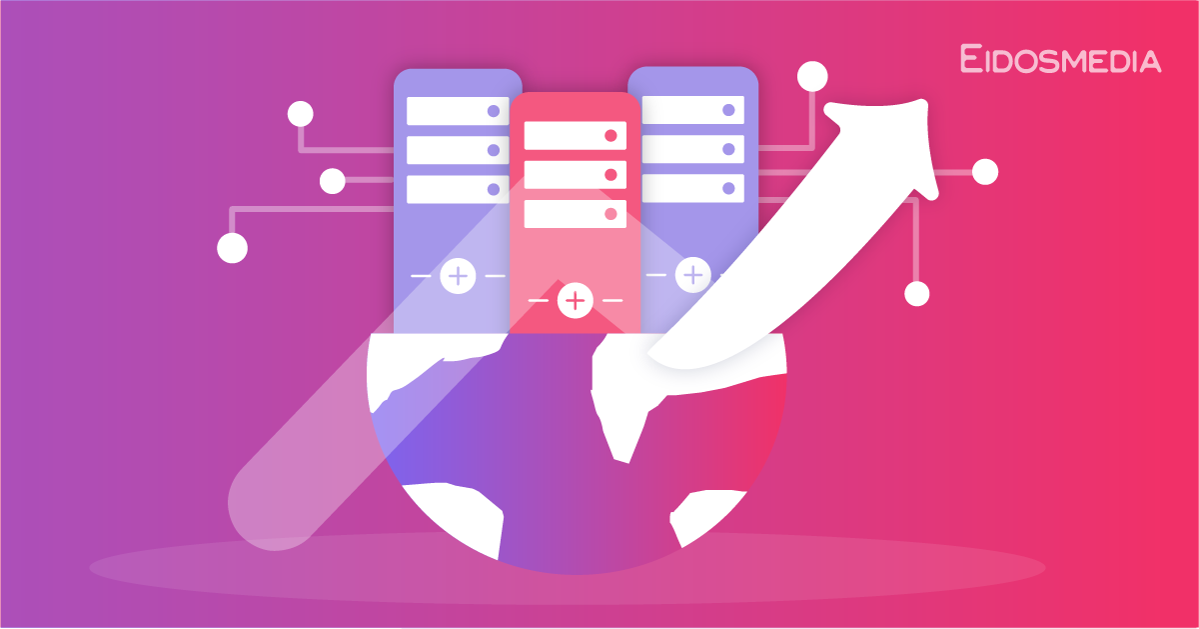Not Enough Data Centers — Or Too Many?
Massive investments in data center capacity have recently been announced in the USA and elsewhere. Do the plans make sense and what will their impact be?
Last year, we reported on an uptick in data centers — primarily in the U.S. but also globally — and this trend has only continued as the AI boom consumes more and more storage capacity. Let’s take a closer look at the growing demand for data centers
Data mapped by Visual Capitalist reveals the U.S. occupies 44% of the global data capacity and has the largest installed data center capacity (53.7 gigawatts) by a sizeable margin, the next highest being China at 31.9 gigawatts, though Visual Capitalist reports approximately 80% of China’s data storage is unused.
In the U.S., demand is swiftly outpacing supply. According to Visual Capitalist, “New data centers set to be built out by 2028 are completely booked,” and in Northern Virginia, an area we previously described as “flush with data center developers,” capacity shortages are starting to affect project timelines. CBRE similarly found data center supply is up 43.4% in the U.S., but “Despite this significant increase in inventory, primary market vacancy dropped to a record-low 1.6%, underscoring the continued strength of end-user demand, particularly from hyperscale and AI occupiers.”
How AI has contributed to the data center boom
The growing number of AI projects is an undeniable factor in the explosion of data centers, especially in the U.S. To meet the needs of “ChatGPT's 700 million weekly users and train future AI models,” Ars Technica reports “OpenAI, Oracle, and SoftBank announced plans for five new US AI data center sites for Stargate, their joint AI infrastructure project, bringing the platform to nearly 7 gigawatts of planned capacity and over $400 billion in investment over the next three years.”
Visual Capitalist also points the finger at “hyperscalers like AWS, Google Cloud, and Microsoft Azure” — companies investing billions in the development of increasingly sophisticated AI engines capable of hoovering up terabytes of data — and predicts that as “momentum continues, these tech giants are expected to remain key drivers of global data center growth.”
These U.S. companies are certainly the biggest contributors to the AI-driven data demand, but they are not the only ones. The Deep View reports Chinese conglomerate Alibaba plans to invest “roughly $53 billion in developing AI infrastructure over the next three years” and will be opening new data centers “in Brazil, France and the Netherlands, with additional sites coming later this year in Mexico, Japan, South Korea, Malaysia and Dubai.”
The EU, which has a meager data capacity of 11.9 compared to the US or China, is also anticipating a 150% increase in “electricity demand from data centers” by 2035, “driven by approximately $231 billion in AI-related investment aimed at tripling capacity by 2032,” according to Visual Capitalist. The BBC reports, “In the UK alone, it's estimated that another 100 data centres will be built over the next few years to meet the demand for AI processing” — including data centers for Microsoft, which recently announced a “$30bn (£22bn) investment in the UK's AI sector.”
Why AI data storage is so demanding
The ‘demand for AI processing’ isn’t just a question of increasing supply; AI engines also have uniquely complicated and expensive storage needs. As the BBC explains, “Most AI models rely on expensive computer chips from Nvidia to process tasks. Nvidia chips come in large cabinets costing around $4m each. And these cabinets hold the key to why AI data centres are different."
The models require "a network of computers working in unison and in extremely close proximity." Proximity is critical because "every metre of distance between two chips adds a nanosecond, one billionth of a second, to the processing time... The AI processing cabinets are jammed in together to eliminate this element of latency. However, those dense ranks of cabinets eat up gigawatts of power and LLM training produces spikes in that appetite for electricity.”
The impact of data center expansion on power grids
Reuters illustrates just how much energy data centers require — and the tangible threat their expansion poses — with the example of Data Center Alley, a group of 200 data centers outside of Washington D.C. that “consumes roughly the same electricity as Boston.”
When sixty of Data Center Alley’s installations suddenly dropped off the grid and switched to on-site generators — “a standard safety mechanism across the data center industry, intended to protect computer chips and electronic equipment from damage caused by voltage fluctuations” — the local power grid was flooded with a surge of unexpected electricity that required operators “scale back output from power plants to protect grid infrastructure and avoid a worst-case scenario of cascading power outages across the region.”
Unfortunately, this is not the only example of dangerous power fluctuations caused by data centers. Reuters reviewed filings by the Electric Reliability Council of Texas (ERCOT), and found there had been “more than 30 near-miss incidents since 2020, triggered by big energy users like data centers and crypto miners switching offline.”
A report from the North American Electric Reliability Corporation (NERC) predicts these power disruptions will increase as more centers are built, and “Nearly all of the United States will face higher risks of energy shortfalls over the next 5 to 10 years.”
To address this issue, the U.S. is exploring regulatory limits on data centers. AP reports “policymakers are taking a hard look at a tough-love solution: bumping the energy-hungry data centers off grids during power emergencies.” Other countries are backing away from data centers entirely. According to The Irish Times , “Ireland’s data centre appeal ‘is fading’ with the surge in electricity demand placing ‘unprecedented pressure’ on the national grid.”
The final verdict: too many data centers or too few?
At the moment, there is a definite need for more data centers, especially in countries leading the AI arms race. However, if AI adoption begins to slow down - or fails to grow as currently projected - with more data center construction on the horizon, the result could be an enormous glut of unused capacity.
As Ars Tecnica notes: "If AI demand fails to meet these astronomical projections, the massive data centers built on physical soil won’t simply vanish." The situation could be analogous to the glut of fiber-optic networks left unused following the dot-com crash in 2001. "Similarly, these facilities could potentially pivot to cloud services, scientific computing, or other workloads, but at what might be massive losses for investors who paid AI-boom prices."
The fate of investors in the data-center space will therefore depend on the ability of GenAI models to deliver the business benefits currently driving the massive investments in infrastructure.
Rarely have the stakes been so high in a such an uncertain technological play.

